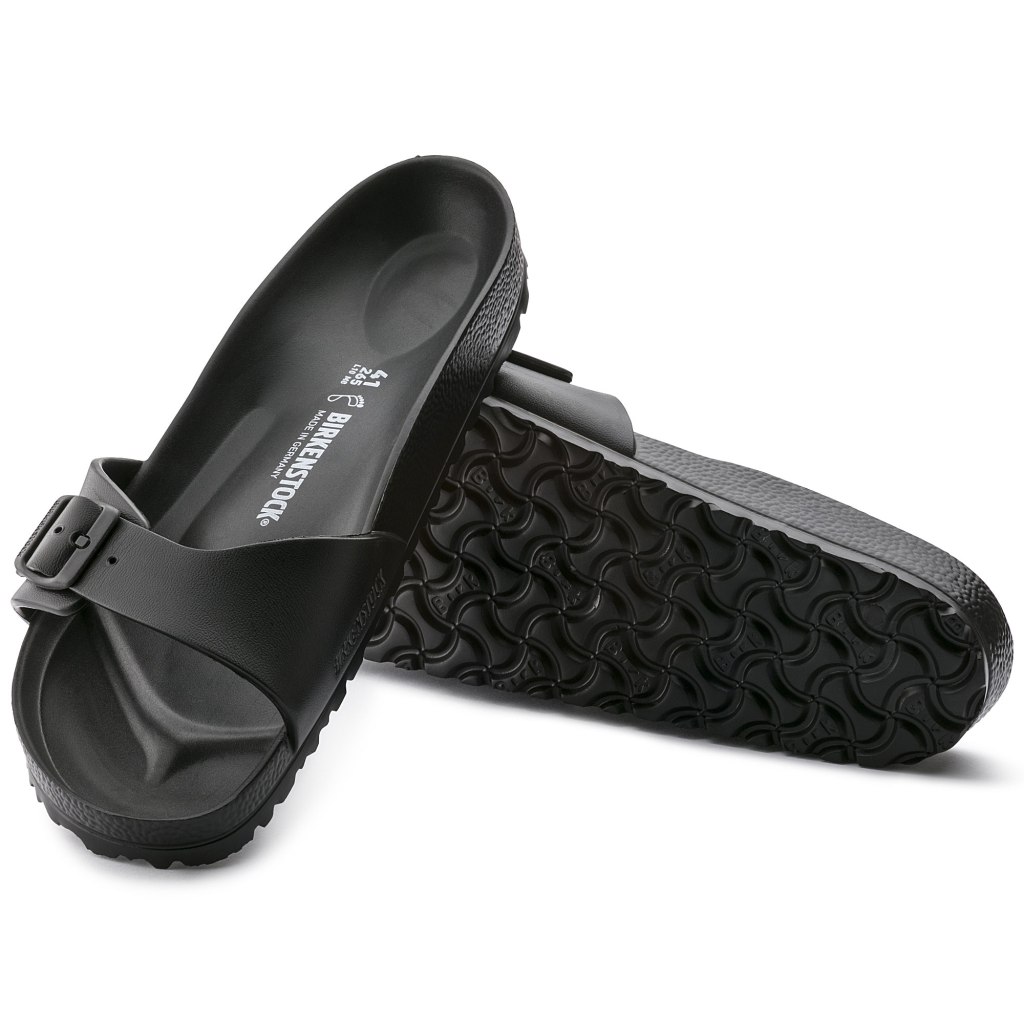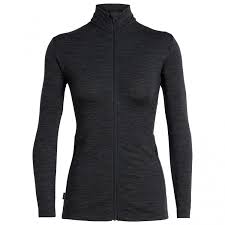Just in case anyone should wonder what it is I am actually carrying, wearing, using and discarding on my walks and travels, I thought I would give a short overview of some of the stuff I wouldn’t go walking without. It might seem a lot, but I actually carry very little. Bear in mind that I am wearing some of it at all times – this list is FSO, From Skin Out – and that layering is the key to regulating temperature.
Under: I admit to merino knickers. They are comfy, dry quickly and there is no chafing issue en route, like there can be with cotton. I prefer a good sports bra to a normal one, though that depends on your size and what you find comfortable. As long as it dries fairly quickly and is comfortable, you will be fine.
Tops: I prefer merino here too: one vest top, two T-shirts and one long sleeve for layering from cool mornings to sunny days and back to chilly evenings.


Bottoms: Most people walk in trousers, but I prefer walking in a skirt. I bring two pairs of running tights to wear under it, one knee-length and one long, and a pair of merino tights for evenings, sleeping in or laundry wear (ie while the two others are drying). I am leaning towards walking in trekking tights though, with longer tops over instead of a skirt.


Footwear: Good socks – a very personal decision. I used to walk in merino socks and thin nylon liners, then cut down to just merino, and now walk in short coolmax mix ones. It’s all about trial and error, time of year, terrain etc. I also used to walk in goretex boots and now favour non-goretex Hoka One One trail shoes because they are lighter and dry quicker if they get wet. A second pair of footwear is a very good idea, either walking sandals or Crocs or flipflops. When I get to my destination I put on my EVA Birkies and wear them in the shower and after the shower, to bars and to slip on to go to the loo in the night. Remember: Socks in sandals is Camino Chic!


Hot and cold: If it is set to be very hot, I will bring a light and breathable sun protective long sleeve shirt – sunburn is just not worth it. And if it is supposed to get very cold, I bring a lightweight down jacket to wear in the evenings. While I walk I tend to stay warm enough anyway.


Jacket: I bring a merino fleece type jacket and a very lightweight pertex wind jacket. If it gets too windy or chilly I just slip my poncho on as well.


Raingear: My main defense against the pesky rain is my poncho. A bit of a misnomer as it is really a rain coat with extra space for a pack. This means I can throw it over all of me and my belongings in one and not need to struggle with pack cover, rain jacket and pants when rain hits. I am also bringing lightweight goretex rain trousers, which quickly pull over my tights to protect from the wind and cold, keep me dry from the knee down and cover some of my shoes too.


Evening wear: Yes I do. Most people wear their second set of walking gear after their shower, I bring a lightweight merino dress and a colourful merino cardigan for evenings and travel there and back. The dress can also be used to sleep in and as laundry wear (see above) and the cardi is another layer. Add colourful scarf and you can look quite civilian!


Bedding: Some take only a liner and hope the albergue has blankets if it gets cold, some take a sleeping bag. I love my zippable down quilt; it is light, down, and really just a summer bag, maybe 2 season at a stretch. When it is warm I open it up and use it as a duvet, when it is cold I zip it up and wear lots of merino to bed. I can also bring a silk liner to keep the quilt clean and to sleep in when it is very warm.

Toiletries: Something to clean yourself, your hair, your clothes. Some people use shampoo for all three, some bring conditioner, some use bar soap. Also something to dry yourself with and which dries quickly afterwards. Toothbrush and toothpaste to brush away the vino stains and a brush or comb to detangle windswept locks. Makeup, moisturiser, scents etc is optional, and a crystal deodorant is effective, lightweight and solid, not liquid.


First aid: Any medicines you need, plus some painkillers, foot care, wound care, and a few diarrhea pills and antihistamines are a good idea. There are farmacias all along the way though so no need to overdo it. Ear plugs can be first aid for sleep. Nail scissors – you will wonder how you managed without them.
Electronics: Try not to overdo it. Remember your assorted chargers in EU versions!
Backpack: Please get one that fits you and is comfortable to carry with weight in it over time. And please learn to adjust it and find out what the straps do. Smaller is better and a hip belt helps distribute the weight. I started with 44 litres and am now down to a 25 litre and very happy with it for non-winter walking.
Side bag: This is important! Don’t let your valuables lie around, take them everywhere, even into the shower. Bring a bumbag or small cross body bag that goes on before your pack so you don’t have to take it off when you stop somewhere, and keep your passport, credit cards, return tickets, credencial, camera and mobile in it. A guide book is handy too, depending on your route.
Extras:
- I never go anywhere without travel insurance! Please make sure you have some and that it will cover things like medicines, equipment, emergency transport or repatriation if you have an accident, which an EHIC won’t cover.
- I love Buffs – I normally start with one merino Buff around my neck for warmth on cool Galician mornings, it can also be worn as a hat, and I use a normal UV-protective one as a hairband. My latest favourite is a peaked one which shields my eyes as well.
- Hat/sunhat and gloves as required.
- Sarongs are a pilgrim favourite: scarf, spare towel, post-shower wrap, skirt, bedsheet, picnic blanket and bottom bunk curtain … the possibilities are endless.
- Headlamp if you like to walk in the dark, but for the love of all things bright and beautiful don’t use it inside the dorms! The light from your mobile or a small key ring torch will do.
- Walking pole(s) if you like them – I didn’t, now I do, and I wouldn’t go anywhere without my beloved Pacerpoles. But learn to use them before you go!
- Gaiters can be a good alternative to rain trousers. I tend to take lightweight ankle gaiters that keep dust and debris out of my shoes.
- Spanish. Learn some, or at least bring a small phrase book or app on your phone.
That’s pretty much it. Stuff that keeps you warm, dry, clean, safe and lets you have a good night’s sleep without weighing a lot. You really don’t need more than two sets of clothes, doing laundry in the afternoon soon becomes a habit and it beats carrying extra weight. There are lots of luggage forwarding services on the Caminos now for those who need it, but having everything you need on your back at all times gives you more freedom and flexibility to stop, stay and change whenever the mood takes you. I personally wouldn’t swap that for walking without a pack and being tied to an end goal every day. Also – even in a daypack you would still need to carry water, snacks, something to keep you warm, something to keep you dry, your first aid stuff and side bag – not really a lot less than a carefully chosen lightweight kit. You’ll be amazed how little you actually need.


I agree with so many of your choices but somehow they don’t LOOK quite so well coordinated. I especially like the idea of your new Dirty Girl gaiters with the matching cardigan and black dress!
I will admit to being ridiculously colour co-ordinated! Once I started adding to my kit though I noticed that most outdoorsy stuff for women come in black, pink and purple so I just chose them rather than go down the khaki route. The strong colour makes my stuff easier to find on a fully loaded clothes line too. And I agree with the DGs fitting in with my evening wear – how’s that for Camino Chic!